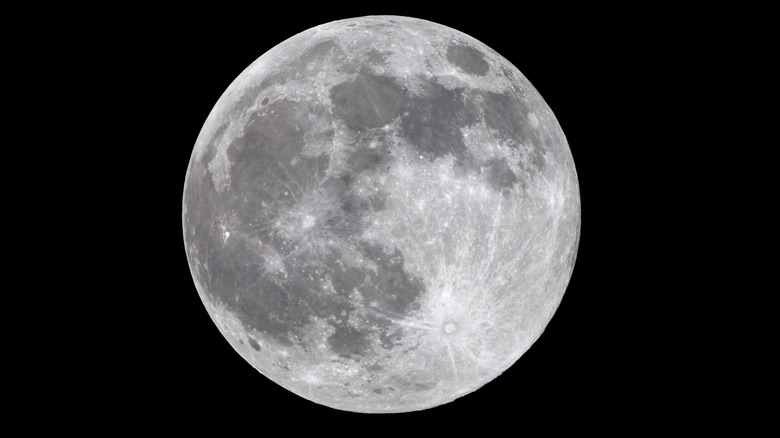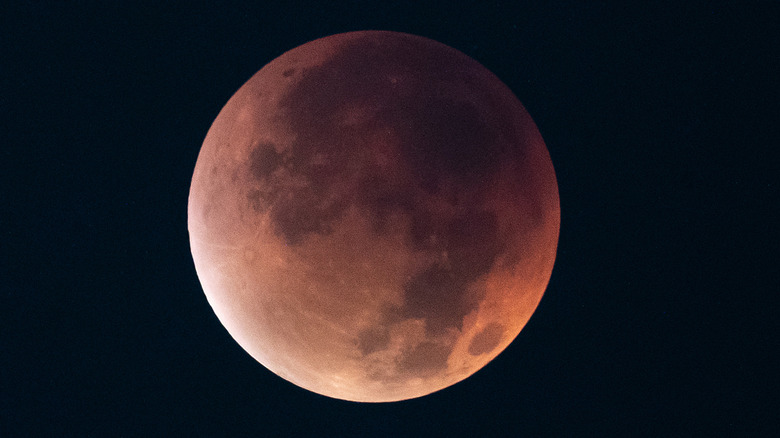Don't Worry If You Missed October's Supermoon – You Have Two More Chances In 2025
If you love the night sky and have thought about getting started with stargazing, then you're probably aware of the supermoon that took place on October 6, 2025. But if you missed the event, it's happening two more times this year: November 5 and December 4. While there are three opportunities this year, a supermoon can actually occur up to four times in one year, and they always happen in very close order.
For the uninitiated, a supermoon happens when there's a full Moon at the time the Moon is closest to Earth in its orbit. This phenomenon is called a perigee, and when it happens, the Moon appears to be much bigger than usual. In fact, it's up to 14% bigger and 30% brighter than when it's the farthest from Earth. This has to do with the Moon's imperfect orbit, which puts it in a different position from Earth many times during each month. That's why some full moons can appear to be larger than others.
If you're planning on catching the next two supermoons in 2025, all you need is a clear view of the sky. One hemisphere of the Earth won't get a better view than the other, so as long as a skyscraper isn't in your way, or there's no cloud cover, you should be good. But if you miss them, you'll have to wait for the next one, which won't happen until January 3, 2026.
The Moon is more than just super
While a large supermoon can be breathtaking to look at, it's not really that much different than any other full Moon you've ever seen. Other than affecting ocean tides more than usual, and giving NASA a landing spot for their upcoming return mission, a supermoon doesn't really impact humans at all. In fact, "super" isn't the only label the Moon can carry at any point throughout the year.
There's also a blue Moon, which happens when a full Moon at the first of the month is followed by another full Moon at the end of the month. Despite its name, the Moon isn't actually blue, though the visual effect is possible if red light-waves are thinned out by airborne particles. Then there's the blood Moon, which looks red like Mars. But the color isn't related to the fact that the Moon's rusting. A blood Moon happens during a total lunar eclipse, as Earth blocks the sun's rays from reaching the Moon. When this occurs, blue light-waves are reduced, causing the red glow.
A harvest Moon doesn't take on a different hue, but it does happen when autumn begins and the leaves change color. Indeed, the bright harvest Moon is special because of its timing, as it's historically been the perfect way for farmers to continue working well past sundown to harvest their crops. 2025's harvest Moon was actually the year's first supermoon, and took place on October 6.

